
The
e-KLESF 2020 hosted ASEAN Academy of Engineering and Technology (AAET)
Distinguished Lecture on 13 December 2020.
The
lecture, titled “Point-of-Care Technologies for the Rapid Diagnosis of
COVID-19”, was delivered by Prof Lim Chwee Teck. Prof Lim is the NUS Society
(NUSS) Professor at the Departments of Biomedical Engineering and Director
of the Institute for Health Innovation and Technology at the National
University of Singapore.
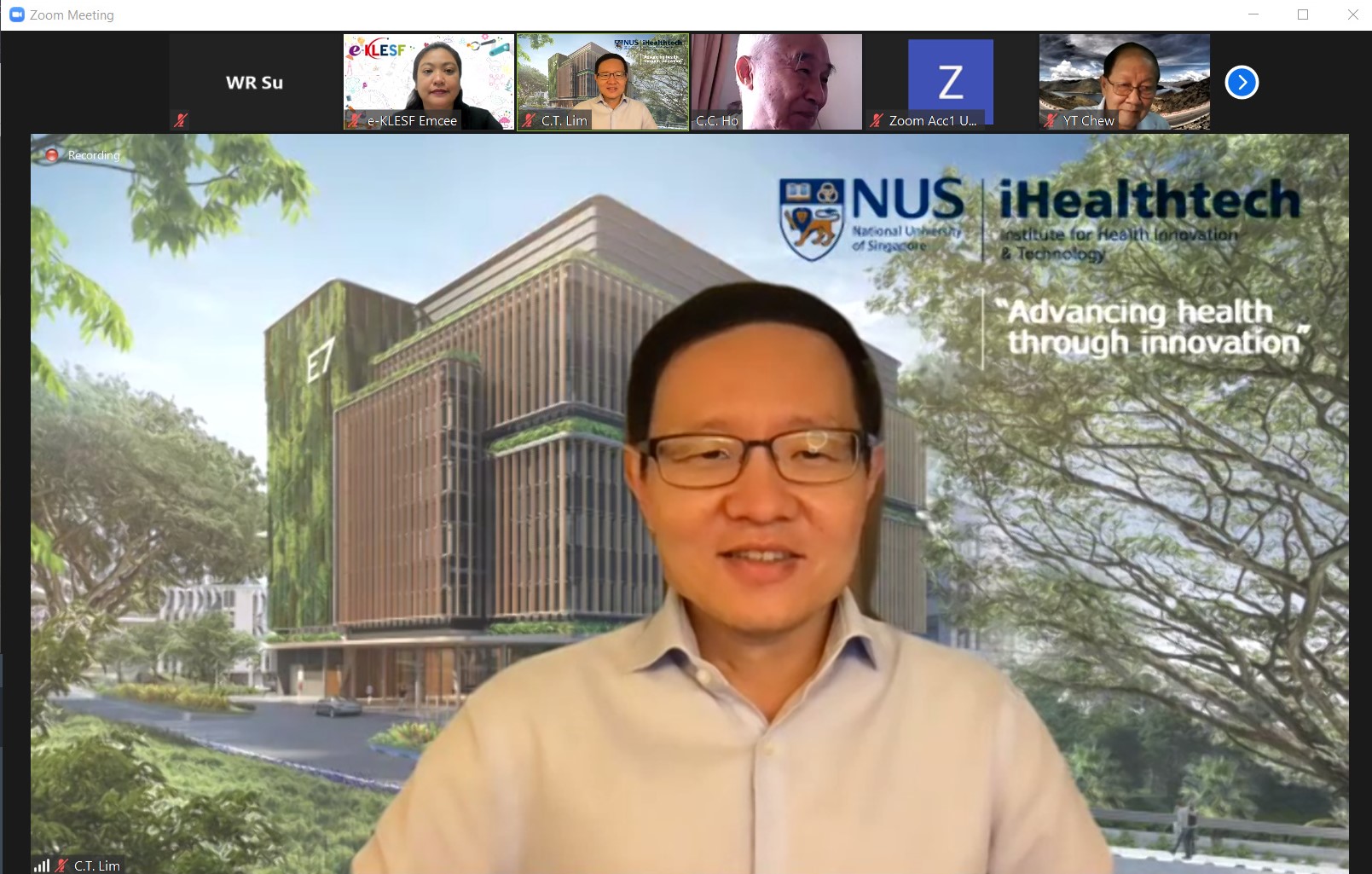
Prof
Lim during the lecture
In his
talk, Prof Lim presented global updates on the number of coronavirus cases
and deaths reported worldwide. He emphasised the importance of tests in
controlling the pandemic, and he said, “The reason we want to do tests is—we
want to quickly identify those affected with COVID-19 so that we can
immediately isolate them to prevent spread. We can also administer immediate
treatment to these people. At the same time, we would know who has been
affected and we can perform better contact tracing.” He then shared
Singapore’s effort in combating COVID-19 and explained how SARS-CoV-2 can be
detected.
“Currently, there are three types of tests. The first test is the Polymerase
Chain Reaction (PCR) test. It is considered as a gold standard test because
it is very sensitive and specific. PCR test is the most accurate but it
takes a longer processing time. The second test is the Antigen Test. It can
be performed rapidly and inexpensive. But sometimes it suffers from a
sensitivity issue. The third test is the Antibody test, which also known as
Serology Test. The Antibody Test is also rapid and it can detect antibodies
developed in a person’s body when the person has been affected. However, the
rapidness and the technology used for the test may lead to false positive or
negative results,” he said.
He further explained that the PCR test was important in the early stages of infection. However, because of its high sensitivity, the PCR test can detect small amounts of viral genetic material. Therefore the test can be positive long even after a person stops being infectious. The Rapid Antigen Test, on the other hand, can detect a person during the infectious period. “After the symptoms of COVID-19 are subsided, the amount of viral genetic material becomes less and they may not be able to be detected by the Antigen test,” he said. He then mentioned that the antibodies against the virus formed only after week one, therefore the Antibody Test was not effective at the earliest phase of infection.

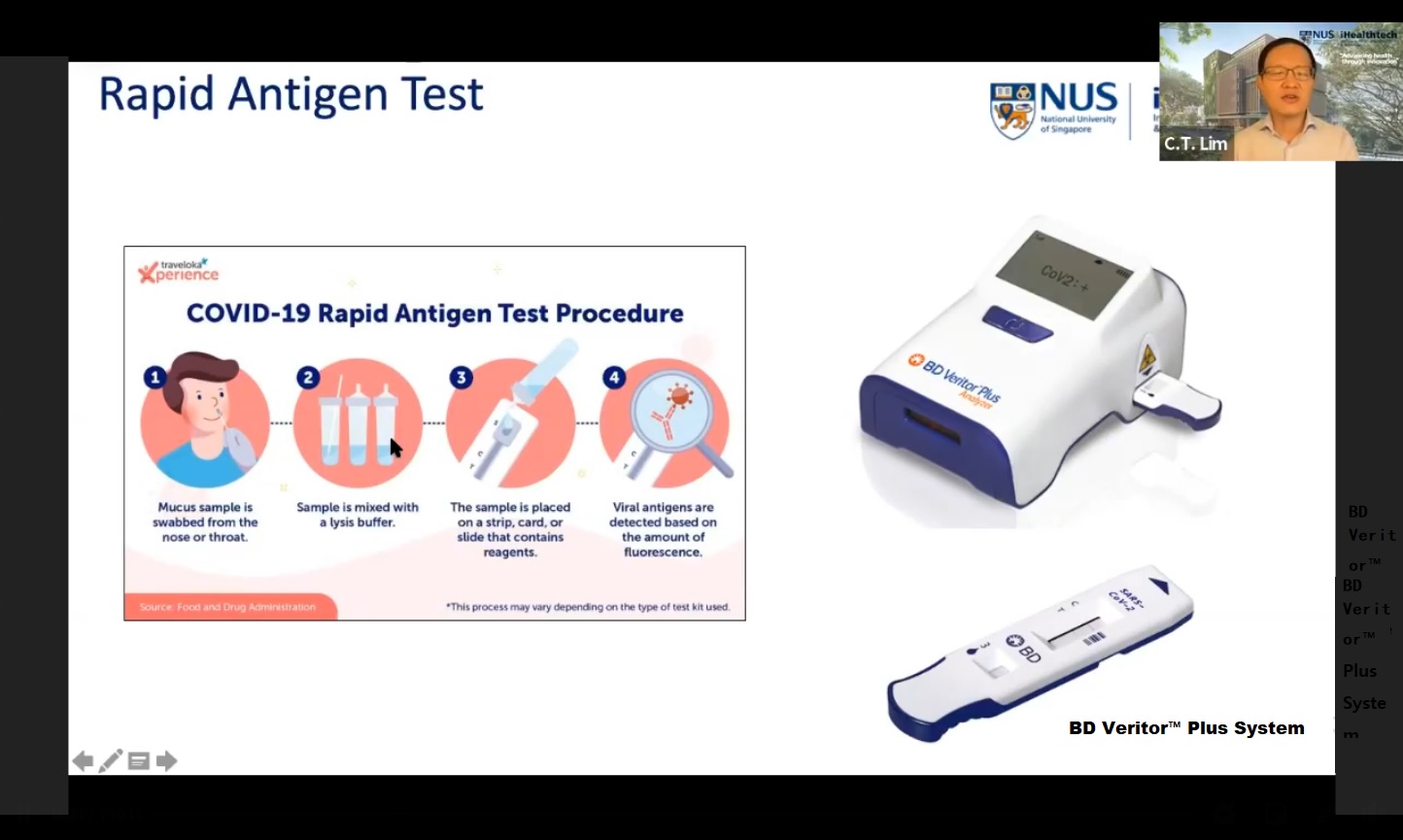
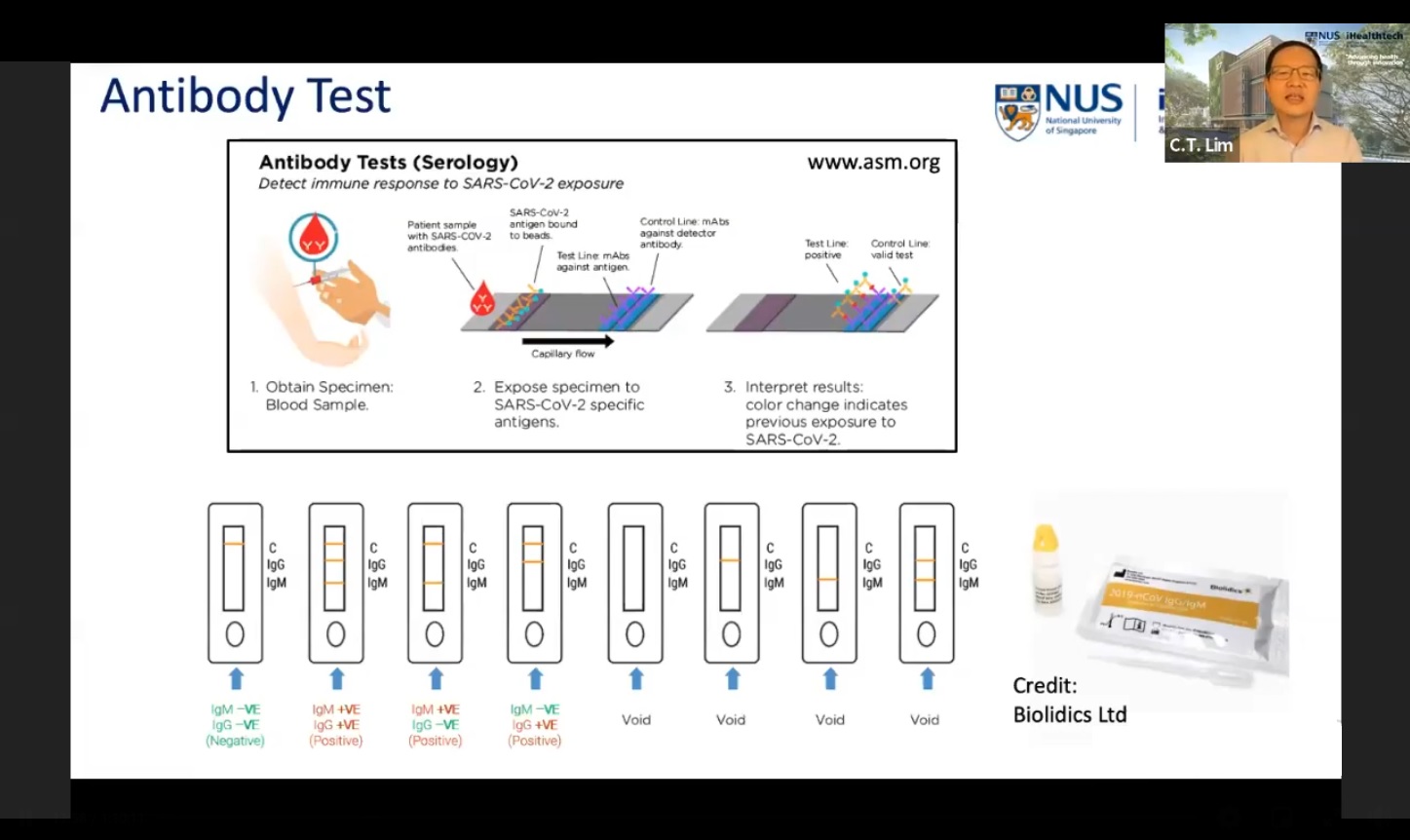
Prof
Lim explaining
the different types of COVID-19 test
“We want to see whether we can conduct PRC test on-site for an immediate result. We also need low cost rapid on-site diagnostic test to open up the economy and the airport. So when we first look into this, we aim to develop Point-of-care (POC) test that is very rapid; easy to use with quick result readout; portable; low cost; allowed for frequent testing; and deployable on-site in workplaces, schools, clinics or airport,” he said. Besides, he also introduced the two types of rapid POCT kits developed in his lab—EpidaxTM (Micro-PCR Diagnostic Test) and abSenseTM (Rapid Antigen Test Kit).
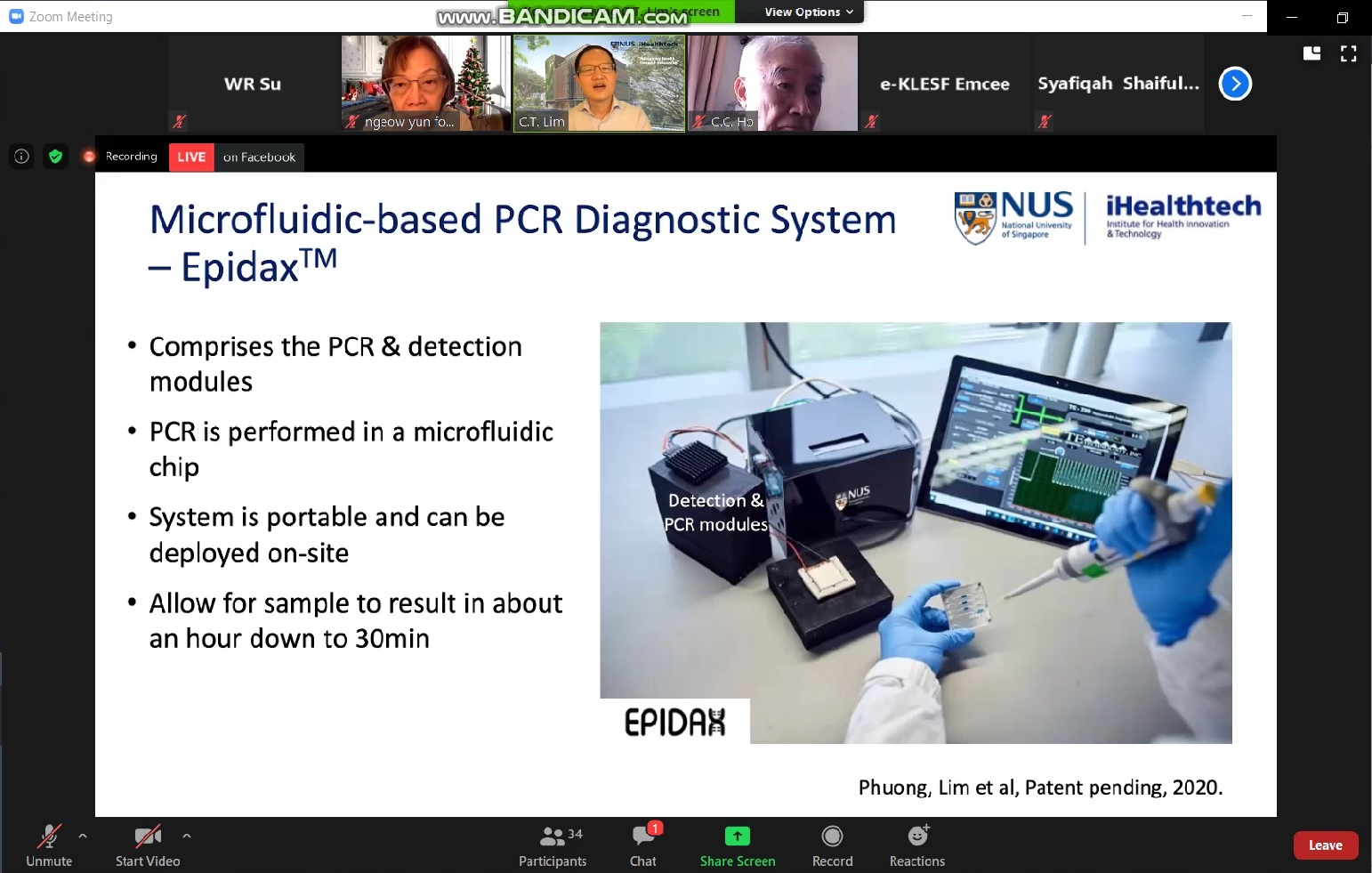
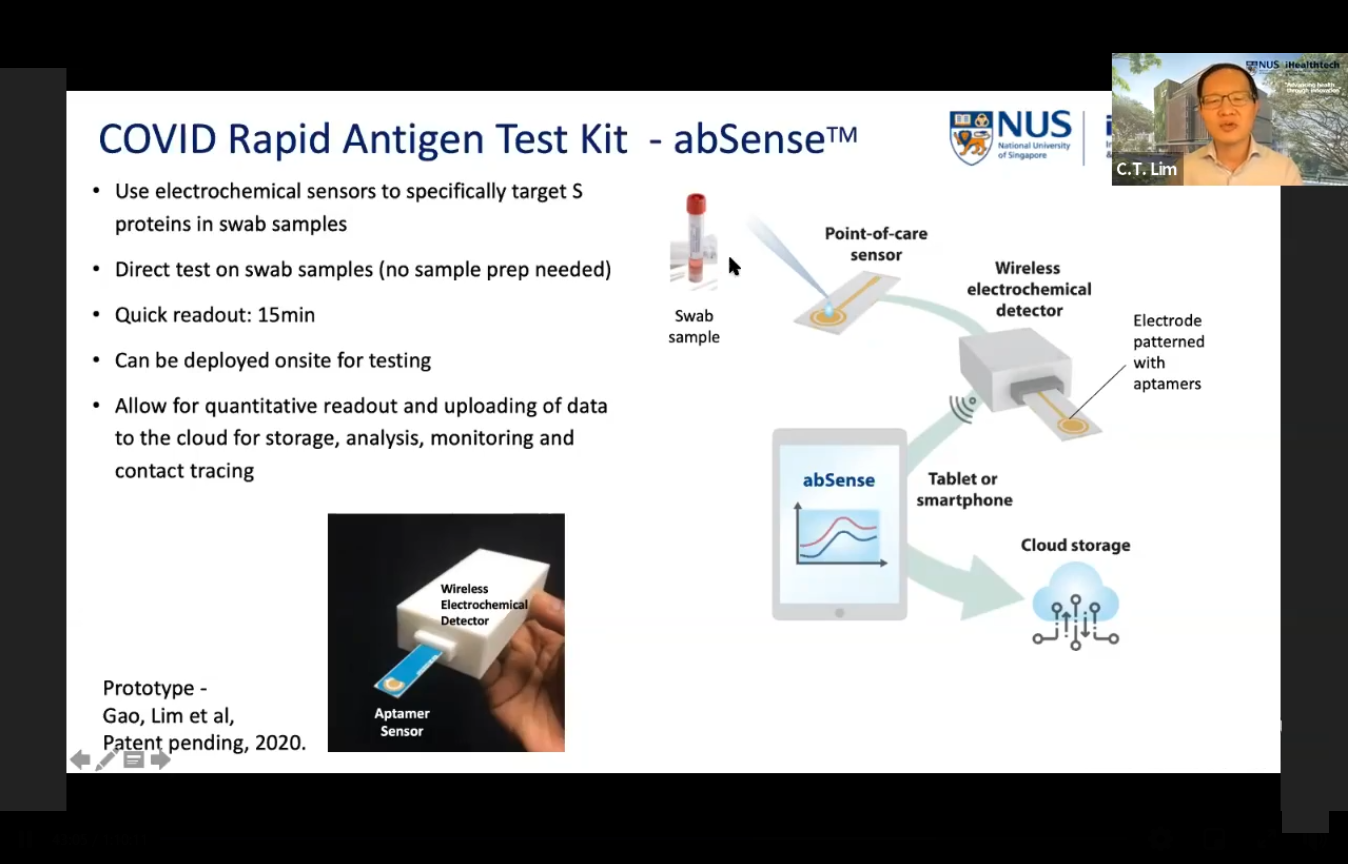
![]()
Wholly owned by UTAR Education Foundation Co. No. 578227-M LEGAL STATEMENT TERM OF USAGE PRIVACY NOTICE